Is there life on other planets? The answer to that question could potentially be answered by one world’s most powerful radio telescope array, which is now being used to search for signals from extraterrestrial civilizations.
The National Science Foundation’s Karl G. Jansky Very Large Array (VLA) in New Mexico is a highly productive radio telescope consisting of 27 antennas spread over 23 miles of desert. Since 2017, it has been engaged in the Very Large Array Sky Survey (VLASS), which scans 80% of the sky for radio signals. This is the first time the VLA, the go-to instrument for radio astronomers, will be used in a continuous search for “technosignatures,” or signals that would indicate the presence of a technologically advanced society.
How the Search Works
The new processing system used by the VLA is called COSMIC (Commensal Open-Source Multimode Interferometer Cluster). “COSMIC operates commensally, which means it works in the background using a copy of the data astronomers are taking for other scientific purposes,” explains Paul Demorest, Scientist and Group Lead for VLA/VLBA Science Support at the National Radio Astronomy Observatory, in a statement. “This is an ideal and very efficient way to get large amounts of telescope time to search for rare signals.”
The system is designed to recognize a wide variety of transmissions, and the range of frequencies to be monitored is unprecedented. Approximately ten million star systems will be examined in the search.
Testing COSMIC with Voyager 1
To verify the COSMIC system’s functionality, signals from the Voyager 1 spacecraft have been detected since the beginning of 2023. Voyager 1 is currently the most distant human-made object, at a distance of about 15 billion miles.
Jack Hickish, Founder of Real-Time Radio Systems Ltd., says that the detection of Voyager 1 is an exciting demonstration of the capabilities of the COSMIC system.
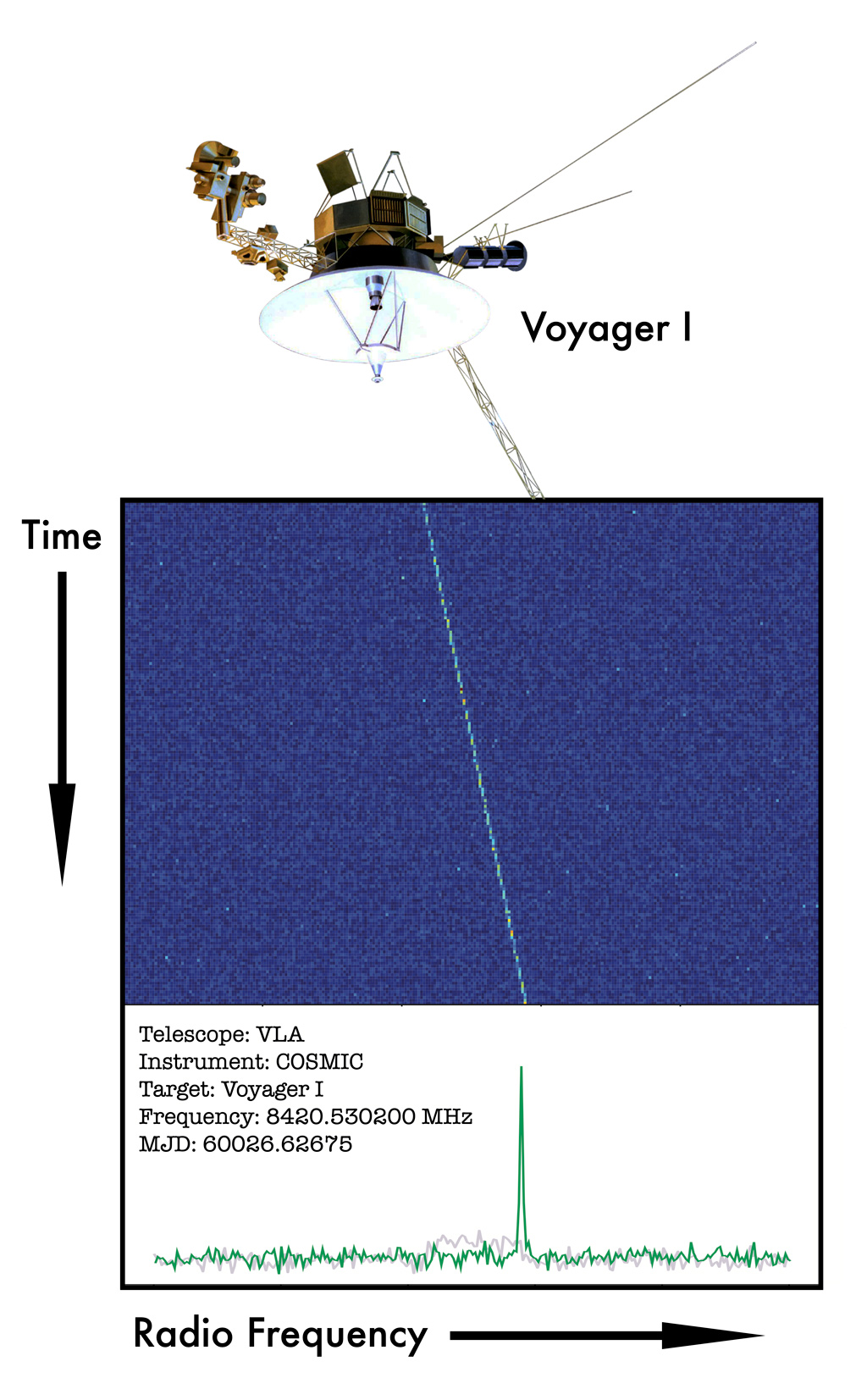
“It is the culmination of an enormous amount of work from an international team of scientists and engineers,” he explains. “The COSMIC system is a fantastic example of using modern general-purpose compute hardware to augment the capabilities of an existing telescope and serves as a testbed for technosignatures research on upcoming radio telescopes such as NRAO’s Next Generation VLA.”
COSMIC, combined with the VLA’s sensitivity, will be approximately a thousand times more comprehensive than any previous SETI search. Major improvements in sensitivity and range of exploratory experiments have historically led to the detection of signals, which means this effort could potentially uncover a radio signal indicating the existence of other intelligent life in the Milky Way Galaxy.
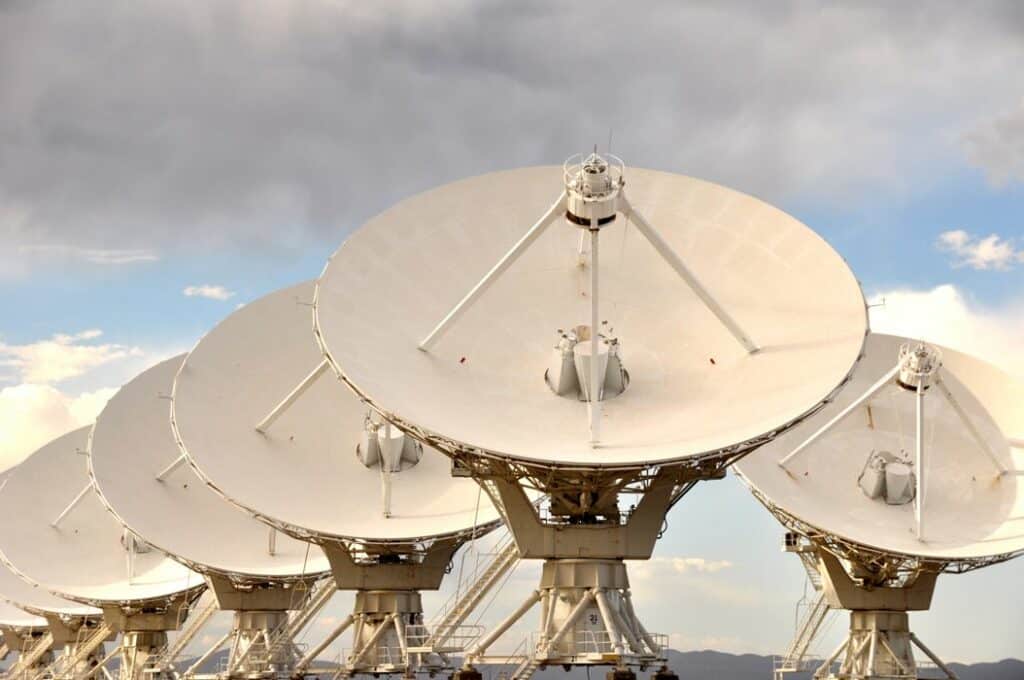


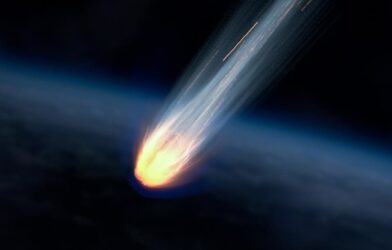

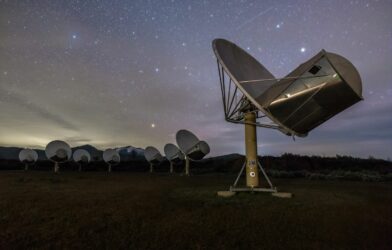
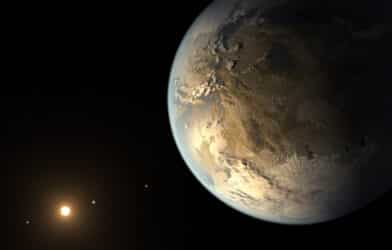




-392x250.png)
